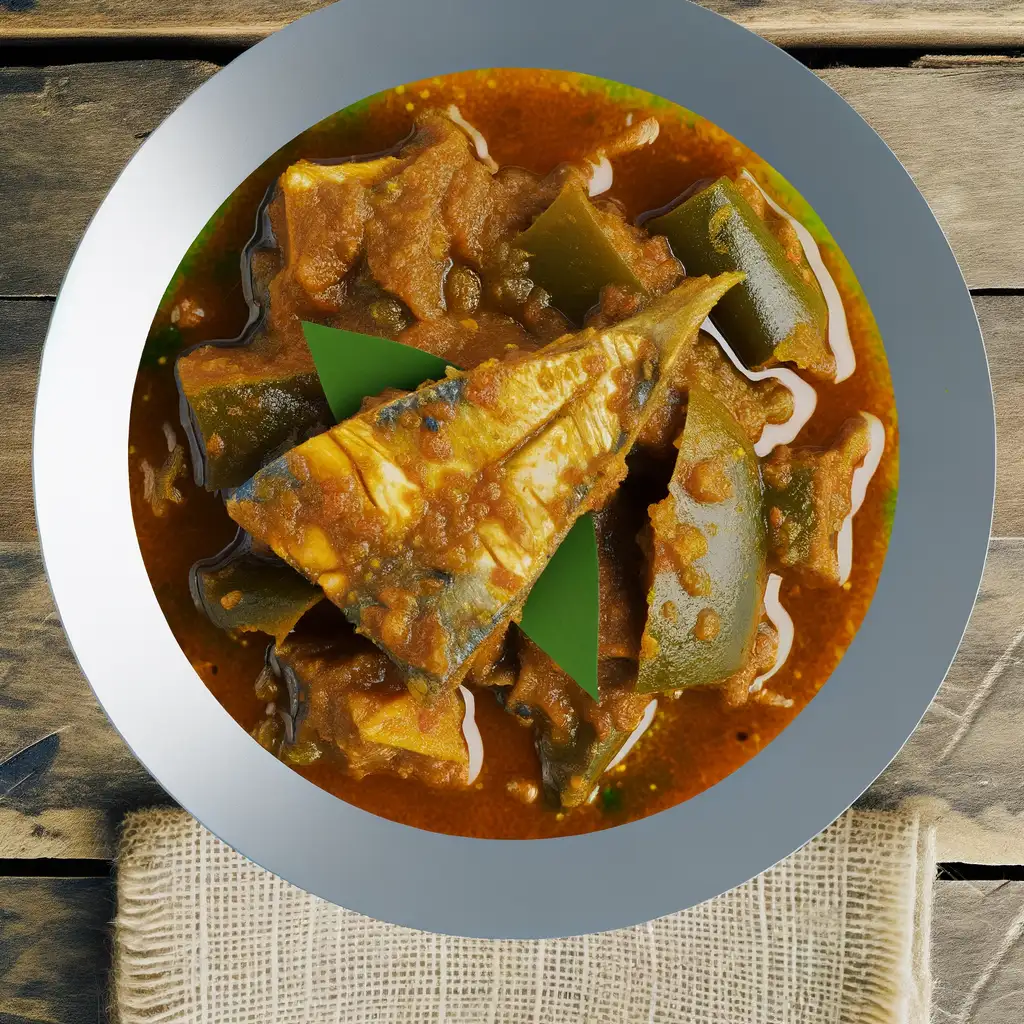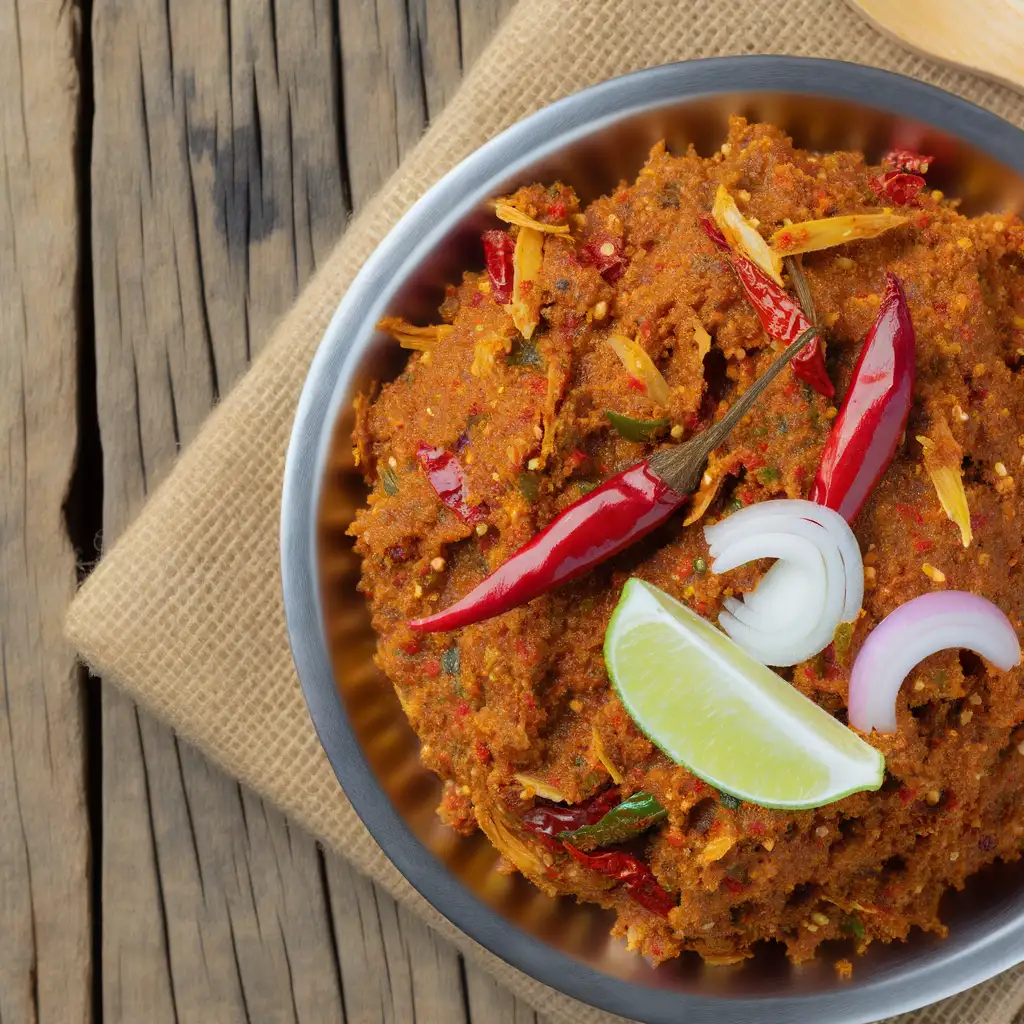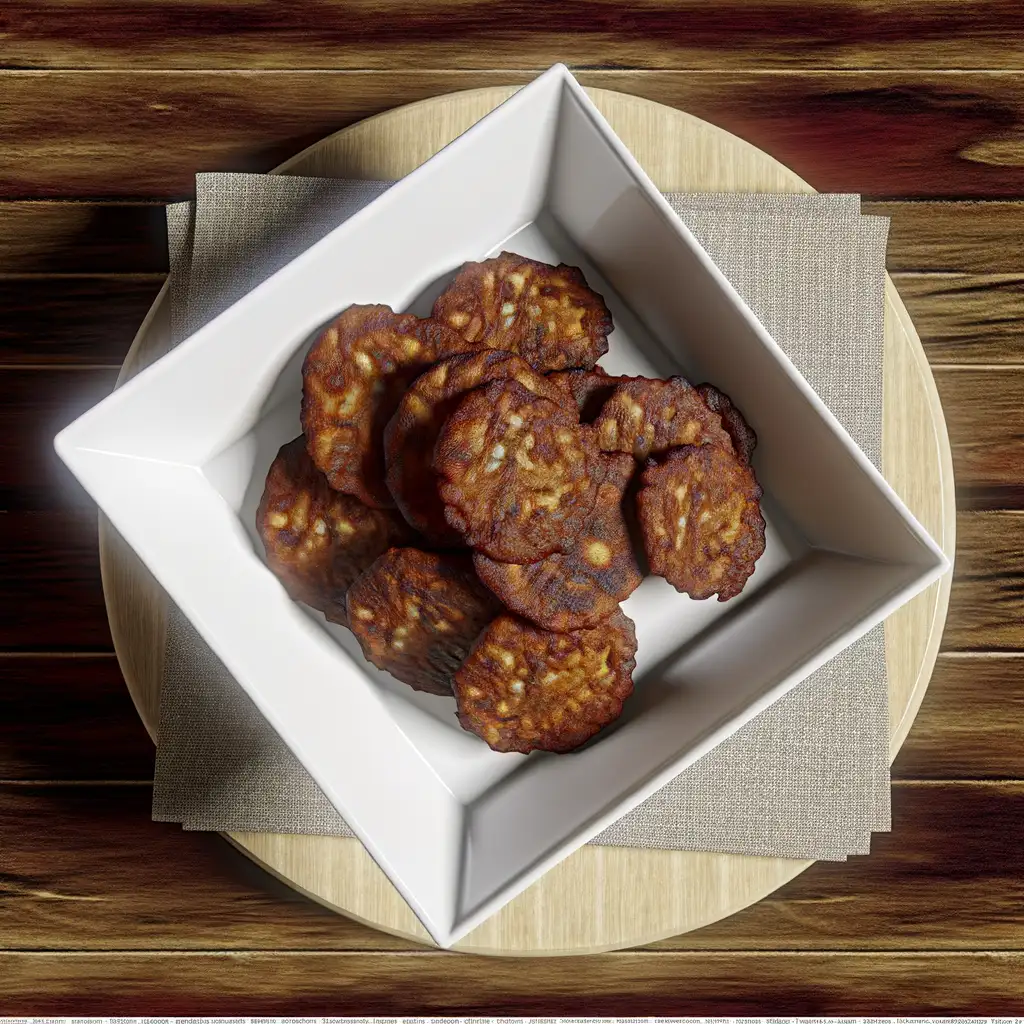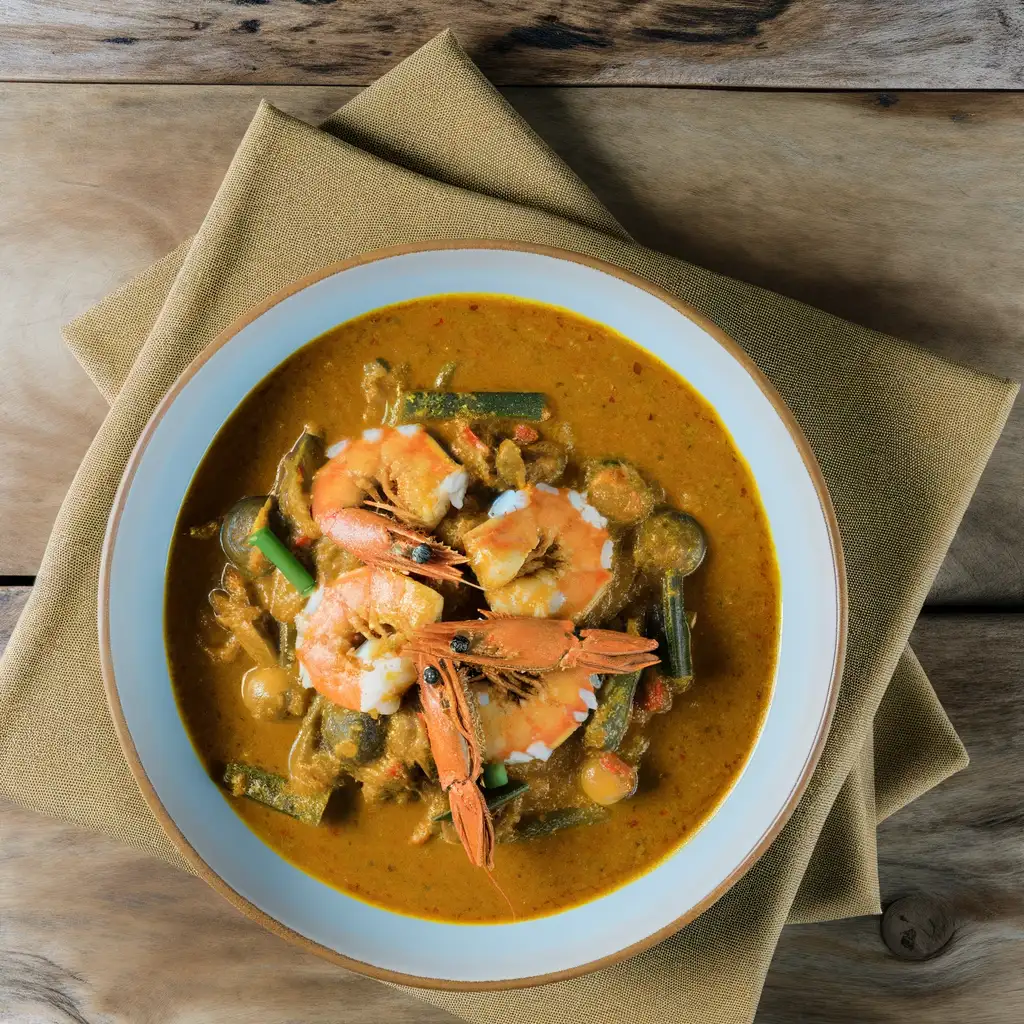


If you ever find yourself wandering through Sri Lanka,Galle is one place that wraps you in a warm,timeless embrace. The moment you step inside the old fort walls,you’re transported to a world where colonial history meets vibrant local life. The cobblestone streets echo with the chatter of friendly vendors and the distant call of the ocean,while the salty breeze carries the scent of fresh seafood mingled with tropical flowers. It’s a place where time slows down just enough for you to savor every detail. Walking along the ramparts,you can’t help but pause and watch the waves crash against the ancient stone walls,the sun casting golden hues over the harbor. The city’s character is a beautiful blend of Dutch,Portuguese,and British influences,yet it pulses with the energy of Sri Lankan culture—colorful markets,aromatic spices,and the hum of tuk-tuks weaving through narrow lanes. Stop by a cozy café and sip on a cup of strong Ceylon tea while nibbling on a warm,flaky pastry,and you’ll feel the city’s soul seep into you. What makes Galle truly special is how it balances history with everyday life. Locals gather in small shops,artists display their vibrant paintings,and children play cricket in the streets. It’s not just a place to see but a place to feel—where every corner invites you to slow down,explore,and connect. Trust me,Galle isn’t just a stop on your trip; it’s a memory you’ll carry long after you leave.
The information on this page is currently being reviewed by Tripkliq and should be used as a guide only
Eng word: Hello
Eng pronunciation: Hello
Local language: හෙලෝ
Eng word: Goodbye
Eng pronunciation: Goodbye
Local language: ගුඩ්බයි
Eng word: Thank you
Eng pronunciation: Sthoo-thi-yi
Local language: ස්තුතියි
Eng word: How much
Eng pronunciation: Ki-ya-la-da
Local language: කියලද
Eng word: Toilet
Eng pronunciation: Vae-si-ki-li-ya
Local language: වැසිකිළිය
Eng word: Help me
Eng pronunciation: Ma-ta oo-da-vu ka-ran-na
Local language: මට උදව් කරන්න
Eng word: Yes
Eng pronunciation: Ow
Local language: ඔව්
Eng word: No
Eng pronunciation: Nae-hae
Local language: නැහැ
Eng word: Excuse me
Eng pronunciation: Ma-ta sa-maa-ven-na
Local language: මට සමාවෙන්න
Galle has been a significant port city since ancient times, serving as a hub for trade between the East and the West. It was known to traders from Persia, Arabia, Greece, Rome, Malaysia, India, and China.
Built by the Portuguese in 1588 and later fortified by the Dutch, Galle Fort is a UNESCO World Heritage Site. It is one of the best-preserved examples of 17th-century colonial fortifications in Asia.
Constructed in 1755, the Dutch Reformed Church is one of the oldest Protestant churches still in use in Sri Lanka. It features a unique architectural style and houses an impressive collection of antique furniture.
Located within the Galle Fort, the National Maritime Museum showcases the maritime history of Sri Lanka, including artifacts from shipwrecks and exhibits on marine biodiversity.
The Galle Lighthouse, built in 1939, is the oldest lighthouse in Sri Lanka. It stands as a picturesque landmark within the Galle Fort and offers stunning views of the Indian Ocean.
All Saints' Church, an Anglican church built in 1871, is a fine example of Victorian Gothic architecture. It is located within the Galle Fort and is known for its beautiful stained glass windows.
The Historical Mansion Museum is a private museum located in a 300-year-old Dutch colonial building. It houses a fascinating collection of antiques, artifacts, and memorabilia from Galle's colonial past.
Galle International Stadium, established in 1876, is one of the most picturesque cricket grounds in the world. It is located near the Galle Fort and has hosted numerous international cricket matches.
The Meera Mosque, built in 1904, is an important religious site for the Muslim community in Galle. It features a blend of architectural styles, including Victorian and Islamic influences.
In Galle, the most common Power Adaptor is Type D, Type G.



A popular street food made from chopped roti (flatbread) stir-fried with vegetables, eggs, and a choice of meat, seasoned with spices.
.webp)
A type of bowl-shaped pancake made from fermented rice flour and coconut milk, often served with a variety of toppings like egg or sweetened coconut.

A traditional sour fish curry made with a variety of spices and goraka (a sour fruit), giving it a unique tangy flavor.

A lentil-based curry cooked with spices and coconut milk, often served as a staple side dish with rice.

A spicy coconut relish made with grated coconut, chili powder, onion, and lime, typically served as a side dish.

Deep-fried lentil fritters that are crispy on the outside and soft on the inside, often enjoyed as a snack or appetizer.

A flavorful curry made with fresh local seafood, coconut milk, and a blend of spices, often served with rice or hoppers.
If you step into Colombo District,you immediately feel the pulse of a city that’s both vibrant and laid-back,where old-world charm meets modern hustle. Imagine walking along bustling streets lined with colonial-era buildings,their faded facades telling stories of a rich past,while sleek glass towers rise nearby,reflecting the tropical sun. The air carries a mix of scents—spices from street food stalls,salty sea breeze from the nearby coast,and the faint aroma of jasmine from roadside vendors. It’s a place where the sounds of honking tuk-tuks blend with the call to prayer and the laughter of children playing in small parks.
Colombo’s character is a beautiful mosaic of cultures. You’ll find Buddhist temples nestled beside mosques and churches,and markets where Tamil,Sinhalese,and Muslim communities come together in a colorful dance of languages and traditions. The city’s food scene is a feast for the senses—imagine biting into a crispy hopper drizzled with coconut sambol or sipping on a strong,sweet Ceylon tea while watching the sunset over Galle Face Green,where locals fly kites and families gather to unwind.
What makes Colombo truly special is its warmth. Despite the city’s fast pace,there’s a genuine friendliness in the smiles of shopkeepers and the inviting chatter in cafés. It’s a place where you can lose yourself in vibrant street art one moment and find quiet reflection in a serene temple garden the next. Colombo isn’t just a destination; it’s an experience that stays with you long after you leave.
The capital of the Maldives,Malé is a gateway to the world-famous Maldivian islands. Known for its turquoise waters,luxury resorts,and pristine beaches,it's perfect for island lovers and water sports enthusiasts.
ExploreIf you ever find yourself craving a place where history hums softly through the air and nature wraps you in a cool,misty embrace,Kandy District in Sri Lanka is where you want to be. The moment you step into Kandy,there’s this gentle buzz—a mix of temple bells,chattering markets,and the rustle of leaves from the surrounding hills. It’s a city that feels alive but not rushed,like it’s inviting you to slow down and soak in its stories.
Walking through Kandy,you’ll catch the scent of jasmine and incense drifting from the Temple of the Tooth,a sacred spot that pulses with spiritual energy. The streets are lined with colorful stalls selling fresh tropical fruits,spicy street food,and handwoven textiles,tempting your senses at every turn. Don’t miss trying a cup of Ceylon tea here—rich,fragrant,and perfectly brewed,it’s like tasting a piece of the island’s soul.
What makes Kandy truly special is how it balances vibrant culture with breathtaking nature. Nestled among emerald hills and shimmering lakes,it’s a place where you can explore bustling markets one moment and find yourself wandering peaceful botanical gardens the next. The locals’ warmth and pride in their heritage shine through in traditional dance performances and festivals,making you feel like you’re part of something timeless. Honestly,Kandy isn’t just a destination—it’s an experience that lingers long after you leave.
If you ever find yourself in Sri Lanka,you absolutely have to spend some time in Negombo. The moment you arrive,there’s this laid-back coastal rhythm that wraps around you like a warm breeze. It’s a place where the ocean’s salty tang mingles with the scent of fresh spices from the bustling markets,and the chatter of fishermen mending their nets creates a soundtrack that feels both timeless and alive. Walking along the beach at sunset,you’ll see colorful fishing boats bobbing gently on the water,their bright hues reflecting the fiery sky.
Negombo’s charm lies in its blend of old and new. The city wears its history proudly,with colonial-era churches standing tall alongside vibrant street markets where vendors call out,selling everything from tropical fruits to freshly grilled seafood. The aroma of sizzling prawns and coconut-infused curries drifts through the air,tempting you to stop and savor the local flavors. It’s a place where you can sip a cup of strong,sweet Ceylon tea while watching the world go by,or dive into a plate of spicy crab that’s been caught just hours before.
What really makes Negombo special,though,is its people. Warm,welcoming,and full of stories,they add a genuine heart to the city’s character. Whether you’re wandering through the fish market at dawn or exploring the quiet canals that earned it the nickname “Little Venice,” you’ll feel like you’re stepping into a living,breathing story. Negombo isn’t just a stopover; it’s a place that invites you to slow down,breathe deeply,and soak in the simple,beautiful pulse of Sri Lankan coastal life.
If you ever find yourself craving a place where the ocean feels endless and the air hums with a gentle,salty breeze,Trincomalee is where you want to be. This coastal town in Sri Lanka has this laid-back charm that instantly slows your pace. Imagine waking up to the soft lapping of waves against golden shores,the sun casting a warm glow over turquoise waters so clear you can spot colorful fish darting beneath the surface. It’s the kind of place where mornings start with the scent of fresh seafood grilling nearby and the distant call of fishermen heading out to sea.
Trincomalee’s character is a beautiful blend of history and culture. The ancient Koneswaram Temple perched on a cliff offers not just spiritual calm but breathtaking views that make you pause and breathe it all in. Walking through the town,you’ll hear a mix of Tamil and Sinhala chatter,the clatter of markets bursting with tropical fruits,and the occasional rhythm of traditional drums. The local food scene is a vibrant adventure—think spicy crab curries,tangy sambols,and sweet,creamy king coconut water that refreshes you like nothing else.
What really stays with you is the genuine warmth of the people and the way the town feels alive yet unhurried. Whether you’re snorkeling in Pigeon Island’s coral gardens or simply watching the sunset paint the sky in fiery hues,Trincomalee invites you to slow down,soak up its rhythms,and leave with a heart full of stories.
Imagine stepping into a place where the air hums with the gentle rhythm of waves lapping against sun-warmed shores,and the scent of salty sea mingles with fragrant street food stalls. That’s Phuket for you—a vibrant island that feels alive in every sense. It’s not just the stunning beaches that grab you,but the way the island pulses with a laid-back energy,where colorful markets buzz with chatter and the aroma of grilled seafood fills the air. Walking through the old town,you’ll find charming Sino-Portuguese buildings painted in pastel hues,their shutters creaking softly in the tropical breeze,while tuk-tuks zip by,adding a playful soundtrack to your explorations.
Phuket’s character is a beautiful blend of tradition and liveliness. Temples with golden spires peek out from lush greenery,inviting quiet moments of reflection,while nearby,night markets burst with life—vendors calling out,sizzling woks,and the sweet tang of mango sticky rice tempting your taste buds. The island’s culture is warm and welcoming,with locals who smile easily and share stories over cups of strong Thai coffee or fresh coconut water.
What makes Phuket truly special is how it wraps you in its embrace—whether you’re watching a fiery sunset from a cliffside bar,diving into crystal-clear waters teeming with vibrant marine life,or simply savoring the spicy kick of a freshly made curry. It’s a place that invites you to slow down,soak in the colors,sounds,and flavors,and leave with a heart full of unforgettable moments.
Vendors on the beach may overcharge for souvenirs, food, or drinks, especially if prices are not clearly displayed.
Some money changers may use unfavorable exchange rates or give counterfeit currency to tourists.
Scammers may approach tourists asking for donations for fake charities or causes, often using emotional stories to gain sympathy.
Individuals may approach tourists claiming to be official guides and charge high fees for inaccurate or unnecessary tours.
Tourists may be lured into buying fake or overpriced gemstones from shops claiming to sell authentic Sri Lankan gems.
Tourists are taken to spice gardens where they are pressured into buying overpriced or fake herbal products.
Tuk-tuk drivers may quote exorbitant prices for short distances, especially if tourists are unfamiliar with the usual rates.
Tourists may be sold unlicensed or poorly organized safari tours to nearby wildlife parks, which may not deliver on promises.
Sri Lanka has very strict laws regarding the possession, use, and trafficking of drugs. The penalties for drug-related offenses are severe and can include long prison sentences, heavy fines, and even the death penalty for serious offenses. Tourists should avoid any involvement with illegal drugs and be aware that even small quantities can lead to significant legal consequences.
In Galle, Sri Lanka, smoking is regulated under the National Authority on Tobacco and Alcohol Act. Smoking is prohibited in public places such as hospitals, schools, public transport, and government buildings. There are designated smoking areas in some public places, but tourists should be cautious and look for signs indicating whether smoking is allowed. Violations can result in fines.
Vaping is subject to similar regulations as smoking in Galle. The use of e-cigarettes is prohibited in public places where smoking is banned. Tourists should be aware that the importation of e-cigarettes and related products may be restricted, and it is advisable to check the latest regulations before bringing such items into the country.
What are other people saying about Galle?
Recent Social posts about Galle
There is nothing to show you for now.